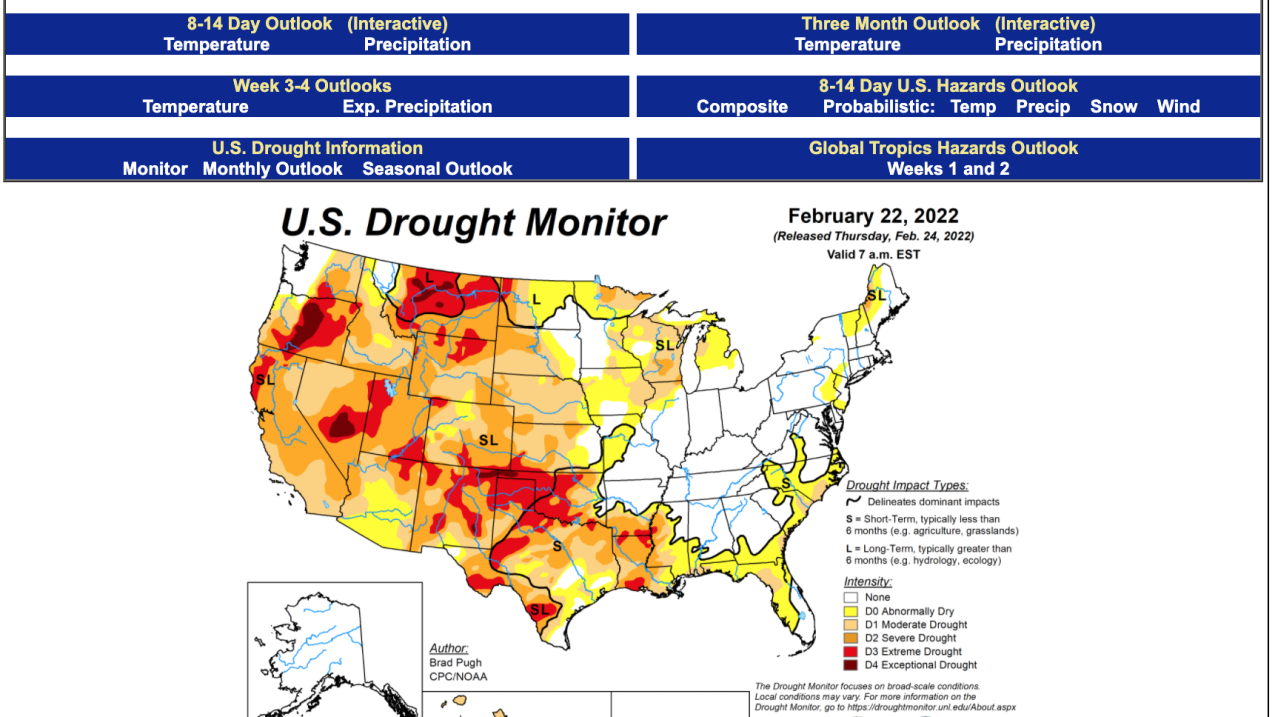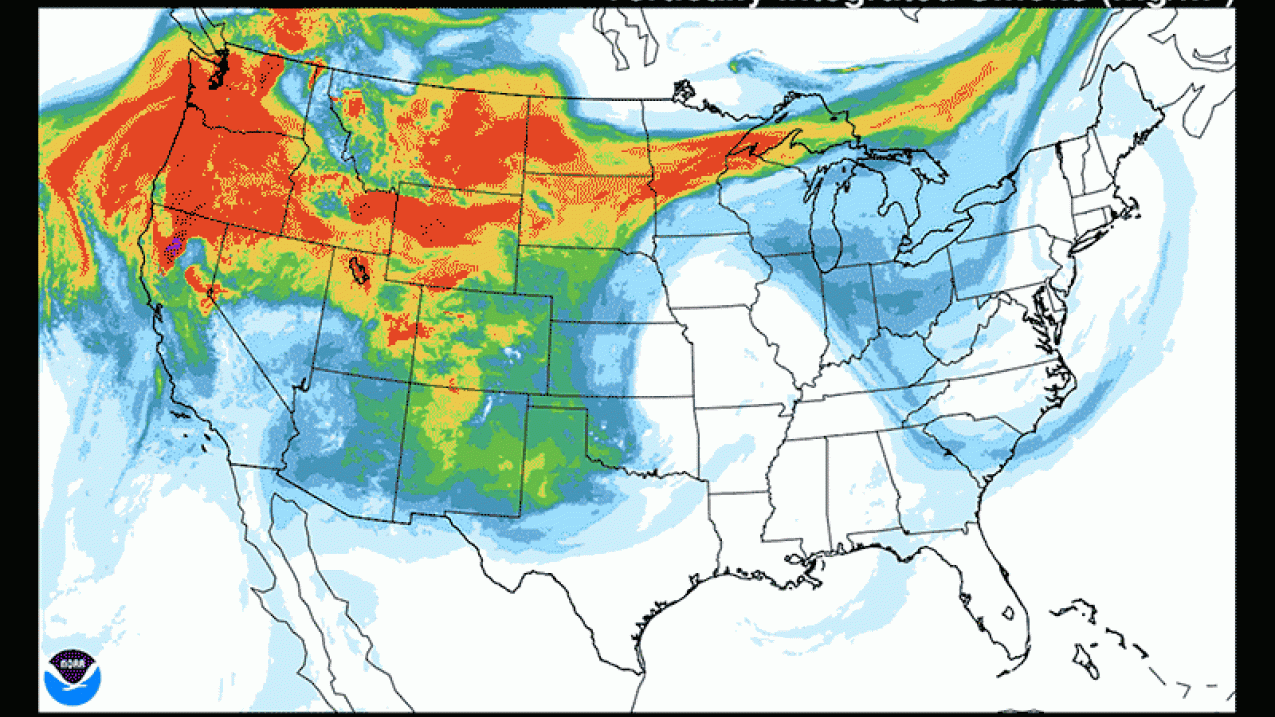As the nation’s leading weather and climate-science agency, NOAA plays a vital role supporting federal, state, local and tribal partners in preparing for the threat of wildfires, and in battling the blazes that endanger life and property. To aid in planning and responses to wildfires, NOAA scientists are engaged in understanding virtually every aspect of the fire cycle.
NOAA's fire weather forecast products range from long-term seasonal climate predictions to localized short-term warnings, and include air quality and smoke forecasts related to wildfires.
NOAA’s geostationary and polar orbiting satellites can spot new fires, often before they are reported to officials and can track the path of large smoke plumes.
After the fire, NOAA forecasters stay on alert for precipitation over burn scars, which can instigate debris flows and cause flash floods.
NOAA plays a vital role supporting federal, state, local and tribal partners in preparing for the threat of wildfires, and in battling the blazes that endanger life and property.
From long-lead climate outlooks to short-term hazard forecasts and specialized fire weather products, NOAA helps the wildfire community anticipate and plan for responding to wildfires across the country.
Drought monitoring tools and products also provide localized information to inform assessments of fire risk.
NOAA’s real-time fire and smoke detection tools take advantage of the latest imaging technologies aboard geostationary and polar orbiting satellites.
After a fire starts, National Weather Service meteorologists provide incident commanders with high-resolution forecasts to give firefighters the most accurate, real-time information on weather conditions that determine fire behavior.
NOAA’s air quality models deliver accurate predictions of where wildfire smoke will travel and how it will affect air quality.
Risks posed by wildfires can persist long after the smoke clears. Even a modest rainstorm over a burned area can spur a flash flood. Freshly burned areas have little vegetation to hold top soil in place, and heavier precipitation can mobilize ash and debris into mud flows that can threaten life and property.
NOAA meteorologists monitor incoming storms and assess the risk of post-fire hazards for years as vegetative communities within burn scars recover, and issue flood watches and warnings when hazardous conditions are forecast.



